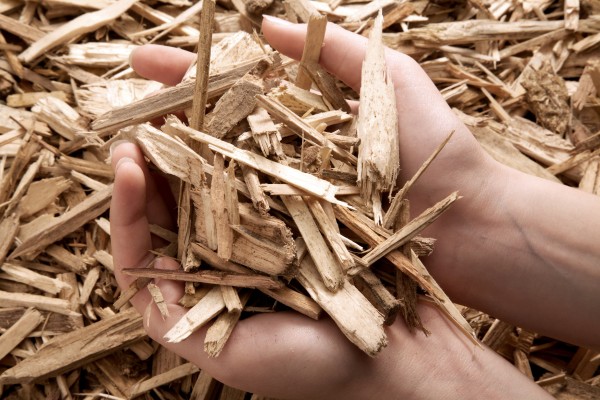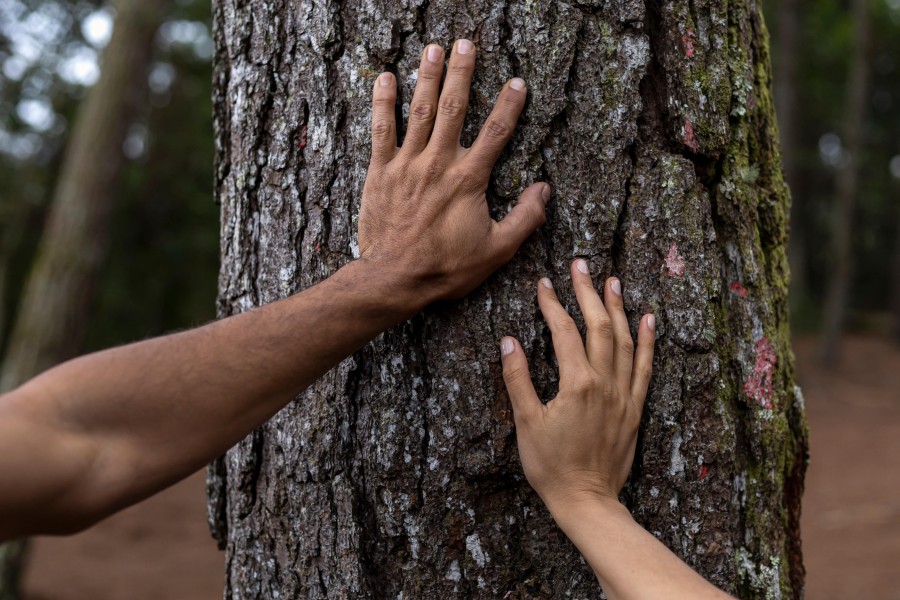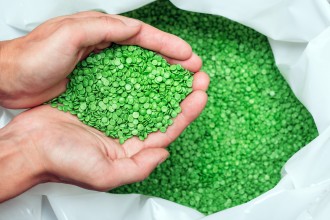-
1.Bamboo
-
4.Aluminium
-
5.Seaweed
-
6.To conclude
Bamboo
First thing when you think of sustainable material, you might think of bamboo. It is comparatively easy to grow, and the biggest advantage is that it grows quickly. It can be used both as wood and for fabrics, for example for bedding or clothing.
However, the long transport routes must be considered, as bamboo is cultivated and mined in Asia and, for some years now, also in Africa. Of course, the import generates greenhouse gases. At the same time, the bamboo industry in Europe is starting up slowly and only recently, so that there are only a few seals in Europe that confirm the sustainability of the material.
Natural rubber
Natural rubber is often used for baby toys, rubber boots and condoms. The sustainability of it depends elementarily on the cultivation of the rubber tree. In principle, they make a valuable contribution to climate protection by being able to bind a large amount of carbon dioxide.
Natural rubber compared to petroleum-based rubber more resilient and elastic and therefore not usable for all products. However, the production and use of natural rubber is much more sustainable than the use of petroleum. To be truly sustainable then, no forests must be cleared, or ecosystems destroyed to grow the rubber. With proper cultivation, for example in agroforestry systems, even pesticide use can be reduced.
Since the complete sustainability of the natural rubber of the rubber tree is hindered by the long transport (it cannot be grown in Europe due to the climate), research is currently being conducted on natural rubber from dandelions. The material, Taraxagum, has already proven itself in car tires from Continental. Ultimately, dandelion as an alternative to the caoutchouc tree would reduce the dependence on imports.
Natural stone
Natural stone is often used for sustainable and green building projects. Not only does the stone make quite an impression with its diverse appearance as a floor or kitchen countertop, and it is also considered particularly sustainable. This is due in part to its natural occurrence in nature. Here, the stone is found "naturally" and already finished, so that no materials and resources are needed for production, only for processing. In addition, the natural stone does not contain harmful substances that could be released during processing. If the stone has done its job in one place, it can be reused super easily. Less to no resources are then needed for the second use.
If you pay attention to sustainability in the supply chain, it is also important to consider the transport route: the shorter, the more sustainable. To keep the carbon footprint low, the distance from the stone plant should stay below 100 km.
Aluminium
Due to its properties, aluminium is used in almost all areas of the construction industry and is also considered particularly sustainable. The material is lightweight, high-strength and super resistant to corrosion. Thus, modern industrial pollutants can hardly harm aluminium, which is why little maintenance is required. Since the material is virtually fully recyclable without diminishing its value, you are looking at extra longevity. Approximately 75% of all aluminium ever produced is still in use today. Therefore, the service life of aluminium products should be measured in decades, not just years.
Seaweed
Seaweed is a renewable raw material that is already used as a source for stabilizers or thickening and gelling agents, for example to avoid animal gelatine. The seaweed farms are already there, and now the EU-funded research project BIOCARB-4-FOOD is working on the sustainable and efficient extraction of carbohydrates from seaweed to make it usable to produce bioplastics, among other things. Conventional plastic packaging is mostly made from oil, a limited raw material and one that takes a long time to degrade in plastic form. In addition to biodegradability, the packaging made from seaweed also focuses on extending the shelf life of the packaged food.
To conclude
No material is completely and a hundred percent sustainable. Especially the transport route can destroy the sustainability balance of materials that are not locally grown or occur locally. There always seems to be an aspect in the supply chains that can be improved, even if it is small. And considering the climate crisis, we would do well to make more use of sustainable materials in the production industry.
Quickscout
Looking for suitable
technology providers?
Start scouting!








